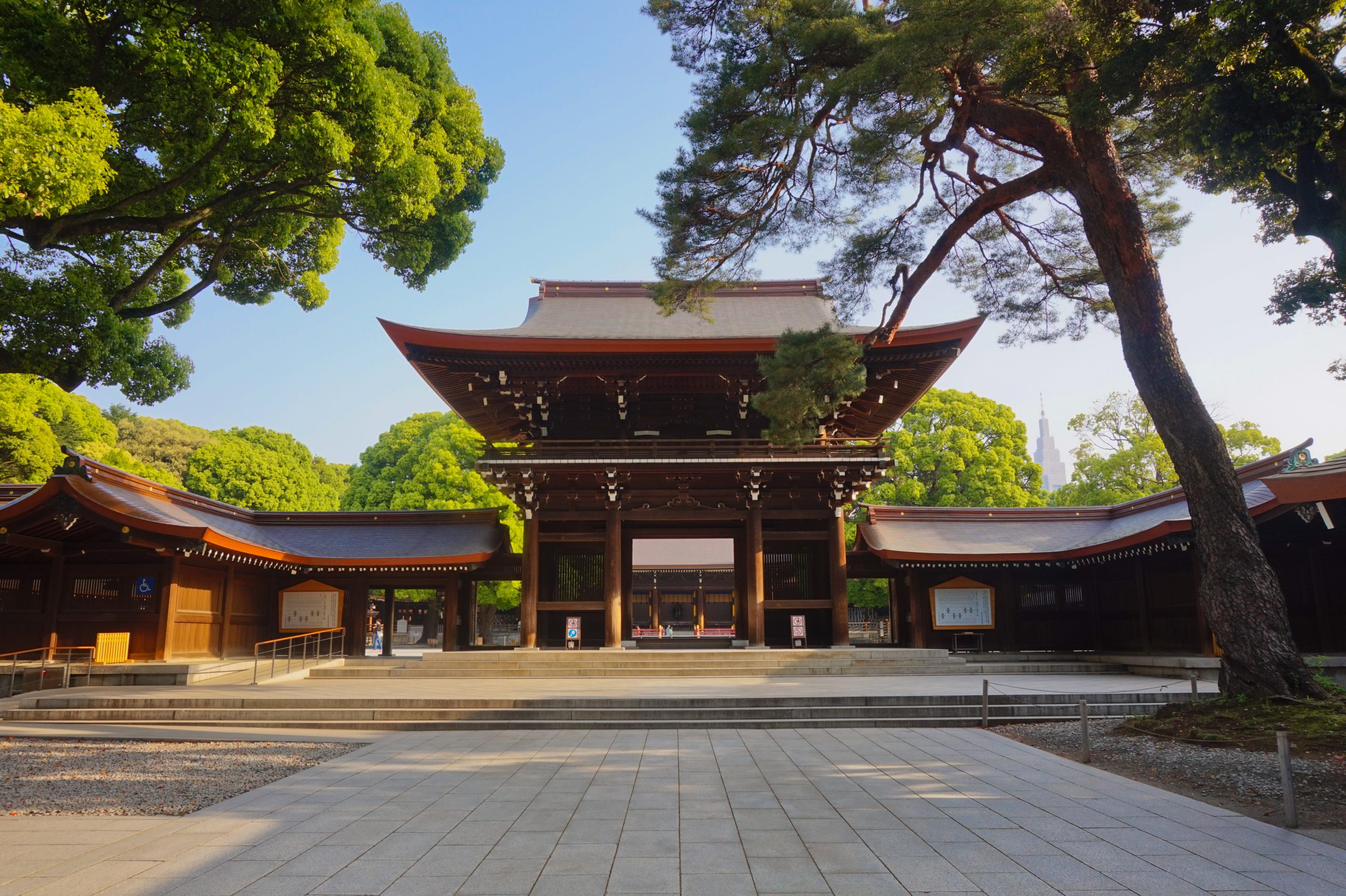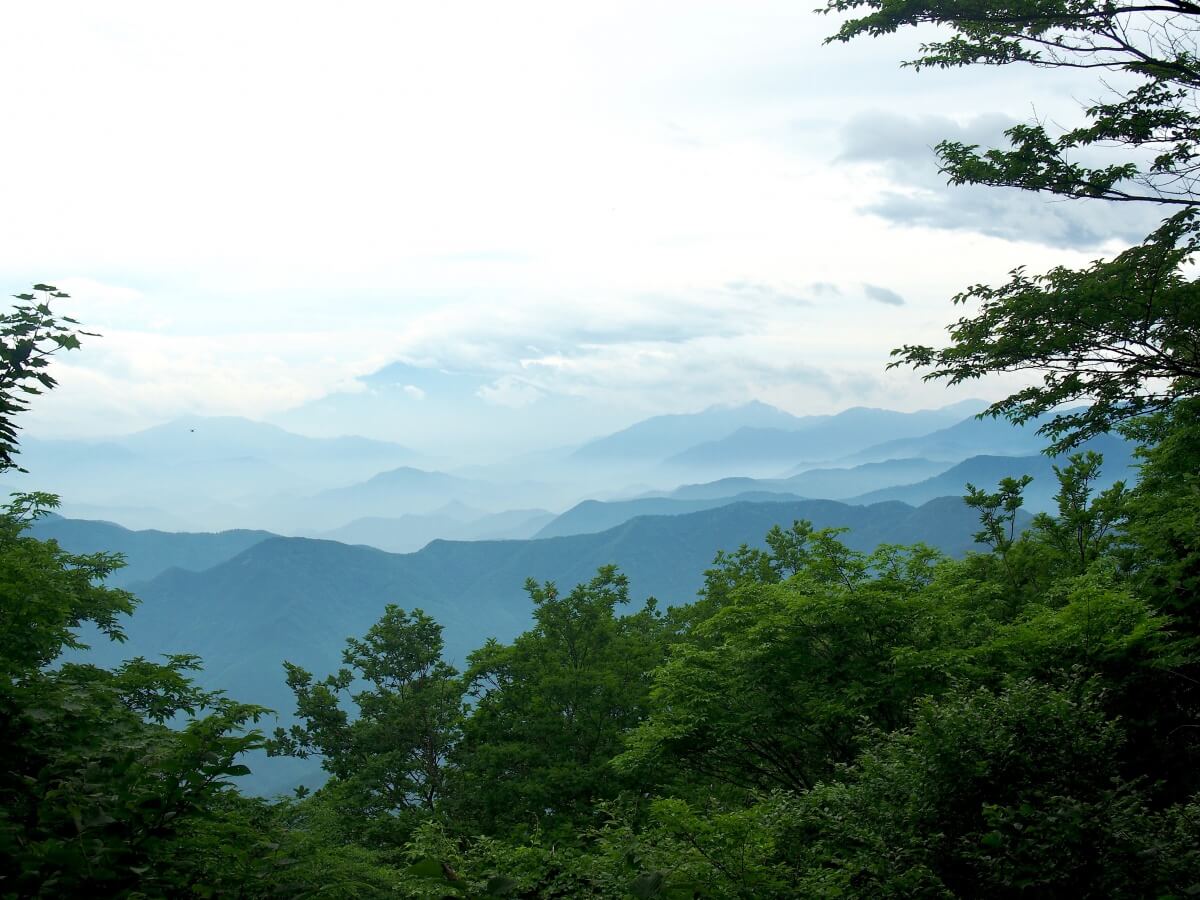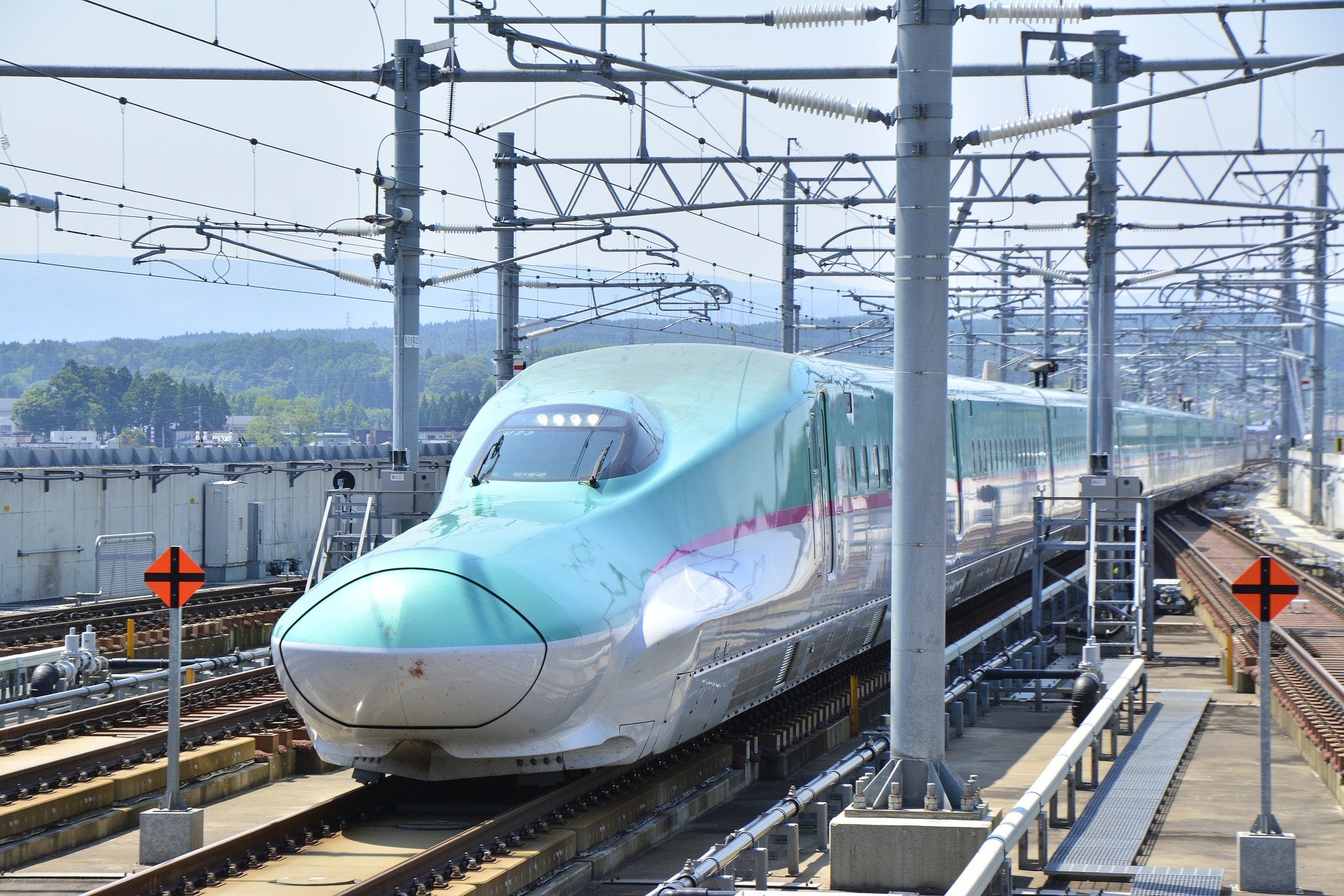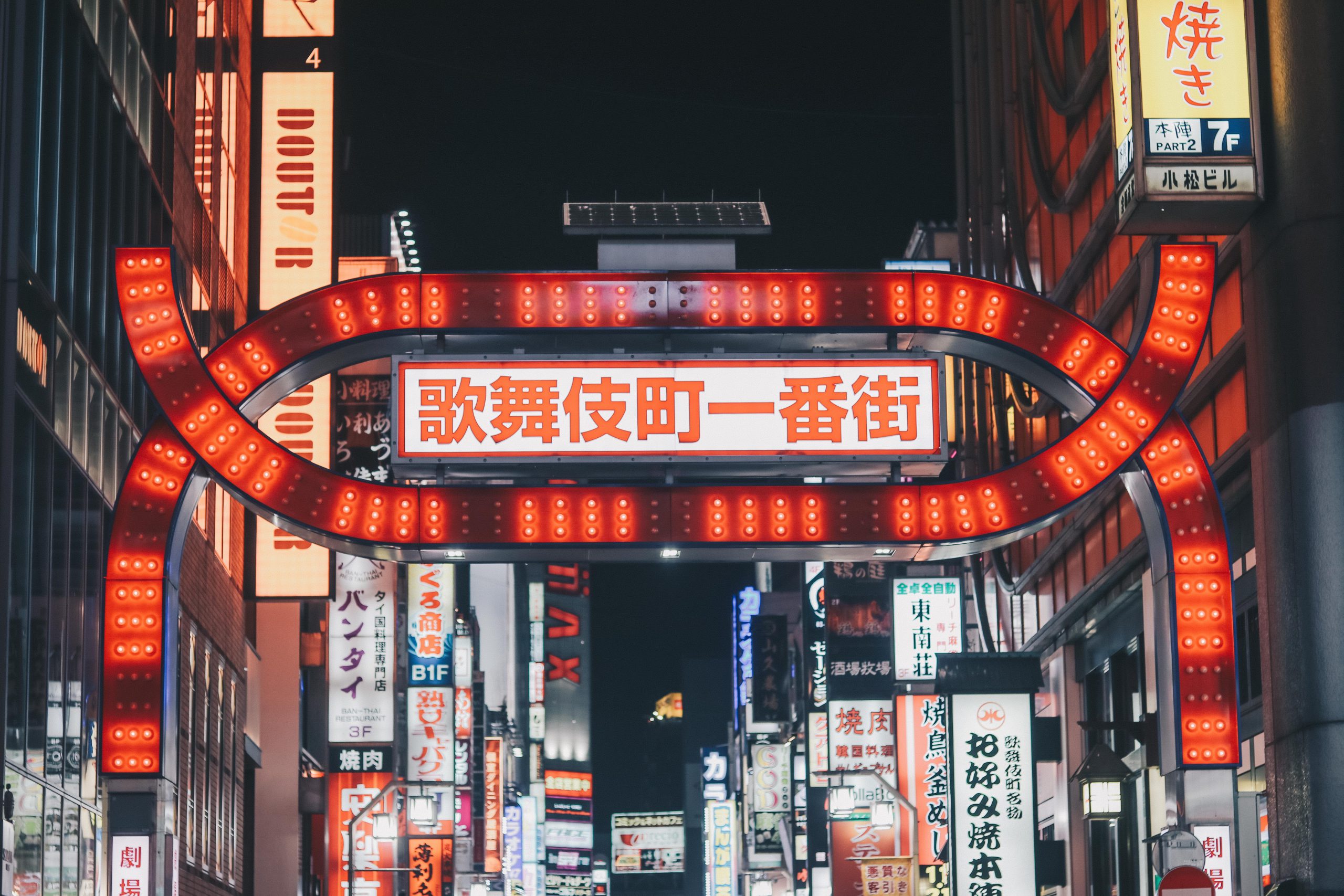A very popular tourist attraction in Tokyo that you should add to your bucket list is Meiji Jingu Shrine, one of Japan’s most famous and important Shinto shrines. Nestled at the very heart of Tokyo, this historic Shinto shrine is only a few minutes’ walk from Harajuku Station and the popular Yoyogi Park. It covers a vast area, including a beautiful, serene forest surrounding the sacred approach leading to the main shrine. A visit to Meiji Jingu Shrine allows you to immerse yourself in a peaceful atmosphere while forgetting that you are actually in the middle of Tokyo, the largest city. It also boasts a range of must-visit spots nearby for you to explore while discovering the vast shrine grounds. Here is a complete guide to Meiji Jingu Shrine to help you understand the long history of this place and what to do and see there!
- History of Meiji Jingu Shrine
- Visiting Meiji Jingu Shrine
- Things to see around the Meiji Jingu Shrine
- Souvenirs from Meiji Jingu Shrine
- Events and Festivals at Meiji Jingu Shrine
- Try on kimono at Meiji Jingu
- Meiji Jingu Shrine Tours
- Make the Visit More Memorable and Wear a Kimono!
- Other articles you may find interesting
History of Meiji Jingu Shrine
To understand the basics of the history of Meiji Jingu Shrine, the first thing you need to know is the strong relationship with the Imperial Family during the Meiji period. The shrine was built to commemorate Emperor Meiji and his wife, Empress Shoken. Emperor Meiji was the first emperor of modern Japan and after he (1912) and his wife (1914) passed away, the Japanese government officially started the construction of Meiji Jingu Shrine to commemorate their deified spirits. The construction took about five years to complete the entire shrine before it was formally dedicated in 1920.
During the Showa Period (1926-1989), most of the shrine complex was destroyed due to the severe air raids of the Second World War. Fortunately, thanks to a number of donations from around Japan, the current buildings were restored in 1958 enabling us to enjoy the magnificent beauty of the historic structures even today!
Since its reconstruction, Meiji Jingu Shrine has been a symbolic tourist attraction in the Shibuya area and Harajuku area. It is also widely known as the most visited shrine in Japan during the first three days of new year with more than 3 million visitors every year!
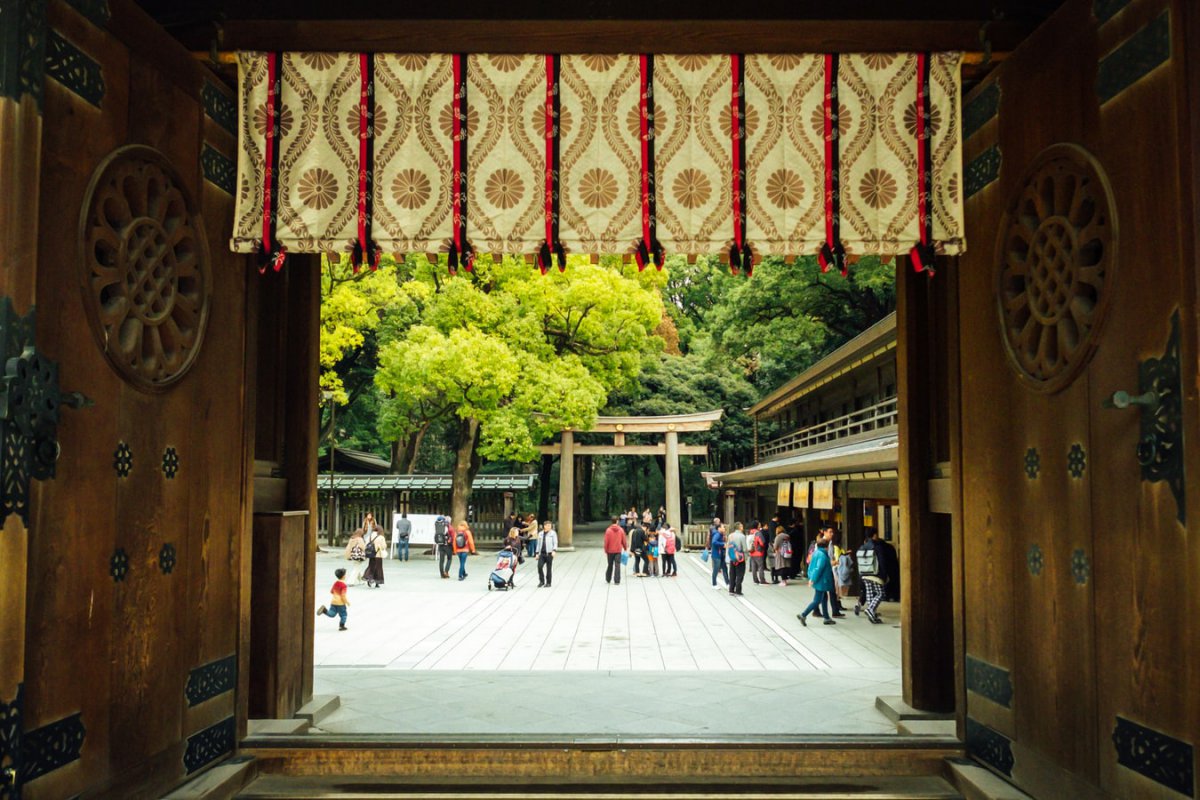
Visiting Meiji Jingu Shrine
At the south entrance of the shrine ground (Harajuku Station), also the shrine’s main entrance, you will be greeted by a huge wooden torii gate. Alternatively, you can take the north entrance (Yoyogi Station) or the west entrance (Sangubashi Station). Once you enter the shrine ground you will forget you are at the centre of one of the busiest cities in the world. The gravel path that leads you from Harajuku Station to the main building of the shrine is surrounded by a total of 170,000 trees donated from all over Japan, which create a quiet and sacred atmosphere.
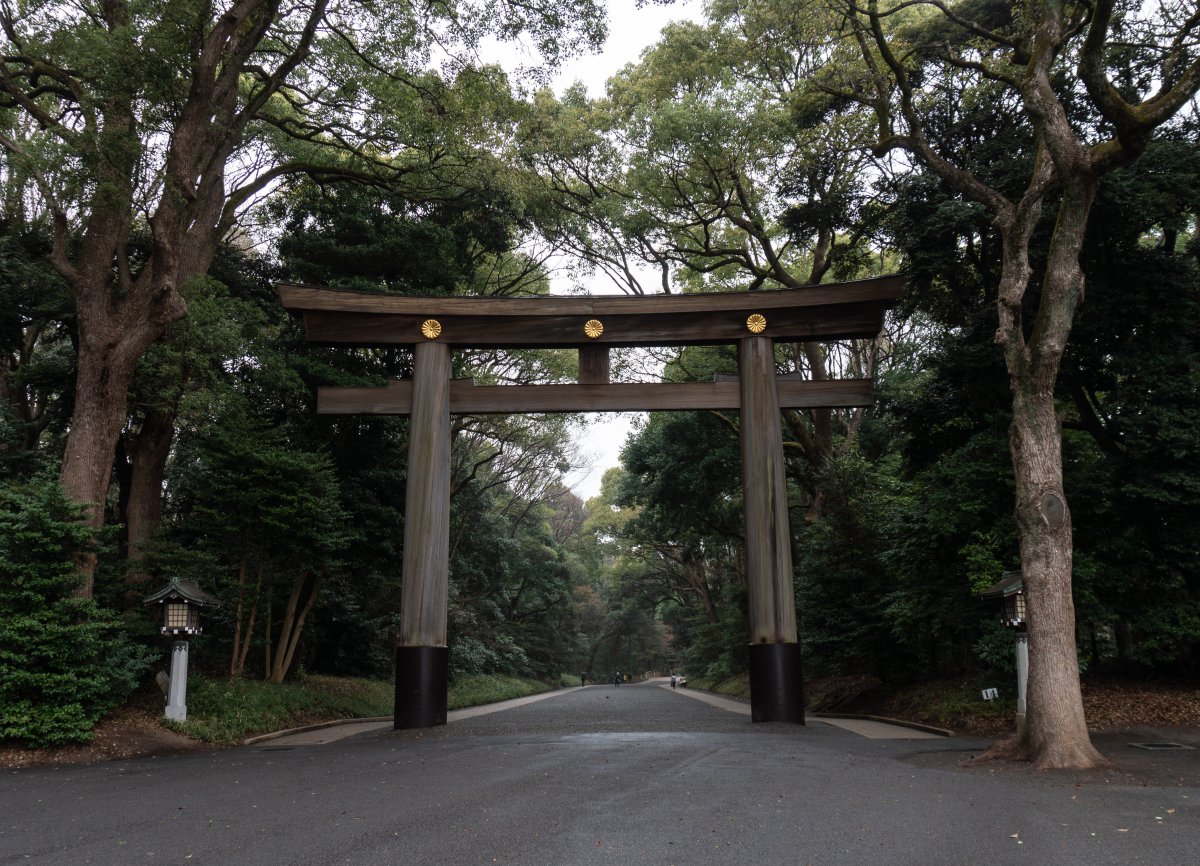
If you are lucky, you might witness a traditional wedding ceremony and see a bride and a groom dressed in a Japanese wedding kimono, walking in front of the shrine. Or perhaps, there will be stage performances like folk performing arts or drums plays. Meiji Jingu Shrine is the most-visited shrine in Japan for hatsumode, with more than 3 million people visiting the shrine during the first few days of the new year. The gates of the shrine open at sunrise and close between 4pm in December and 6.30pm in June.
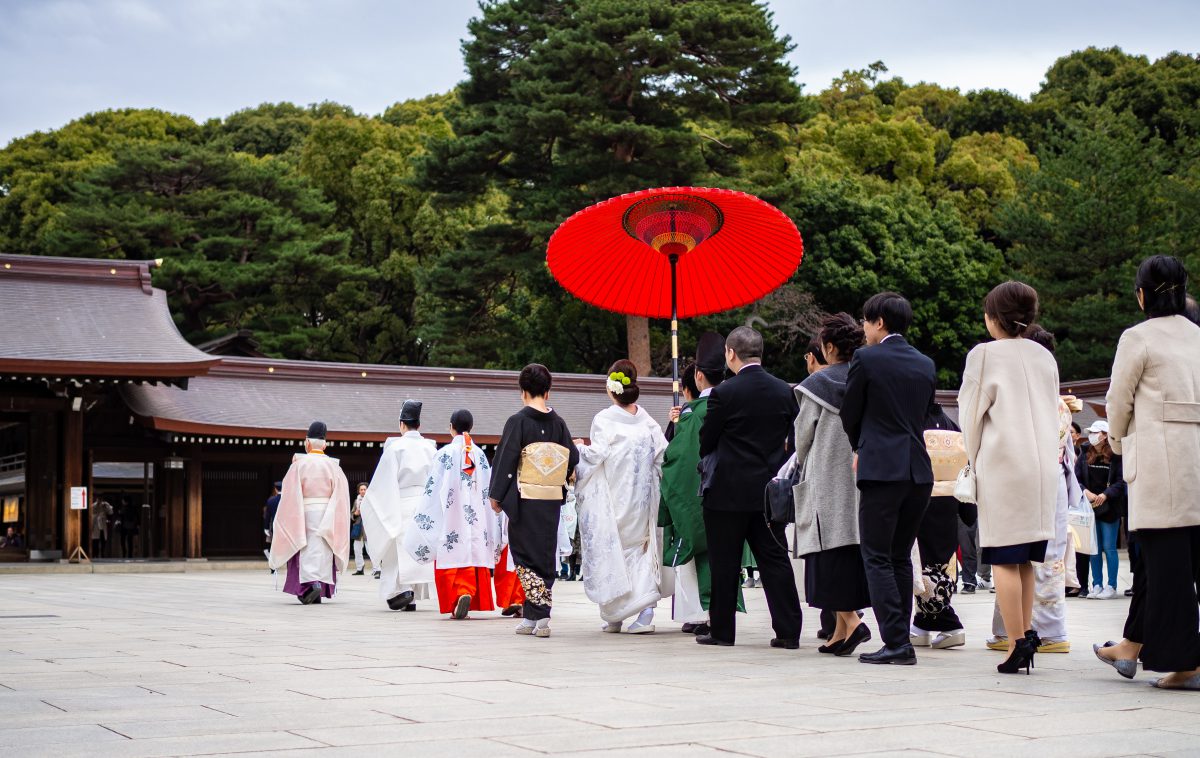
Things to see around the Meiji Jingu Shrine
Covering an area of 70 ha, Meiji Jingu Shrine is home to a variety of impressive spots to explore. It is also a refreshing spot which allows visitors to unwind and enjoy a relaxing stroll in the beautiful nature while in Tokyo. Especially in the hot summer months, the 120,000 trees provide plenty of possibilities for cooling off. Walking around the sacred forests will offer you opportunities to discover things to see other than just paying a visit to the main shrine. Here is a helpful list of things to see in Meiji Jingu Shrine!
Sake & wine barrels
When you start your trip to Meiji Jingu Shrine from the south entrance, you will find a number of sake and wine barrels piled up along the approach. It attracts numerous international tourists and is a popular spot to take iconic pictures of the more than 200 traditional sake barrels that were collected and donated to the shrine by famous sake breweries across the country as a sacred offering to the Emperor Meiji. Wine barrels imported from France are also displayed, hinting at the emperor’s love for wine and his achievement to have spread the Western culture across Japan during the Meiji period.
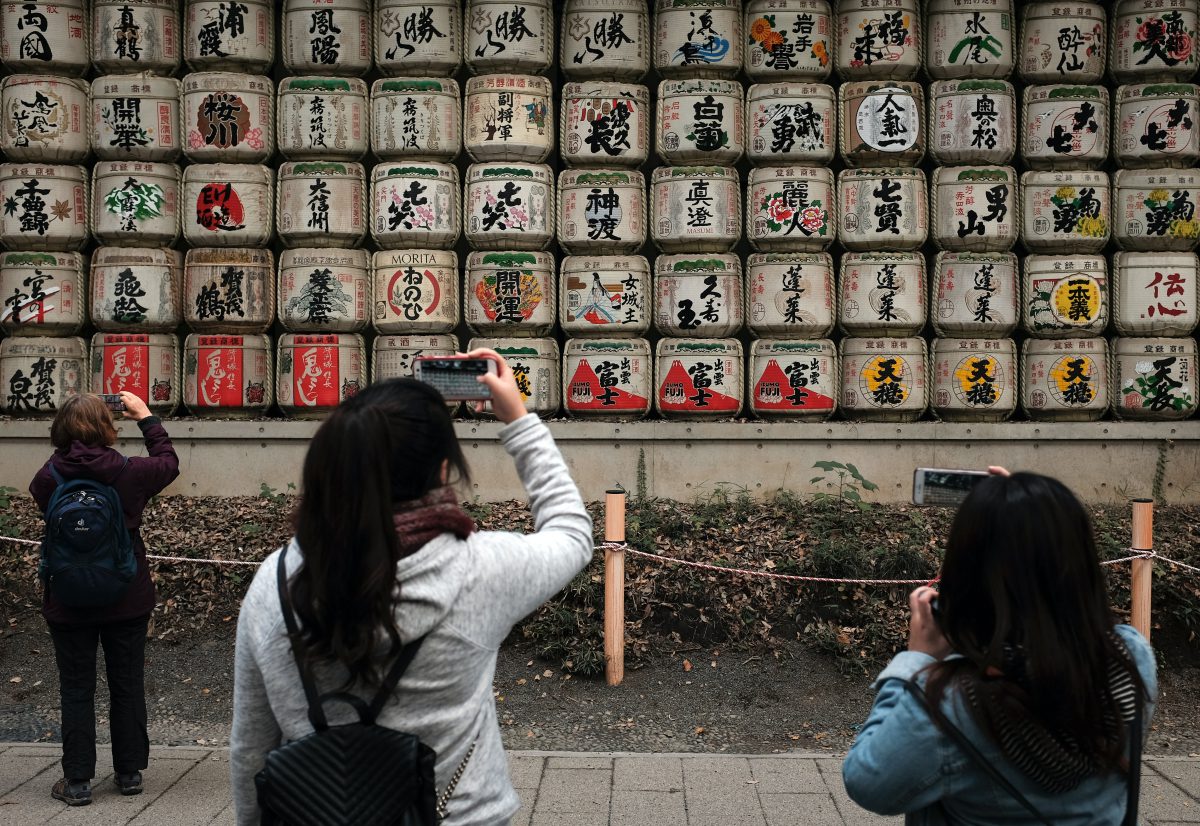
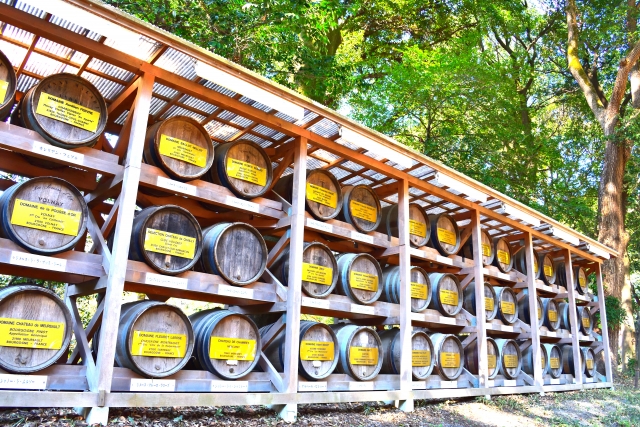
Couple Camphor Trees
Among the countless numbers of trees planted on the shrine grounds, the Couple Camphor Trees are particularly known and visited by many people as a spiritual spot. The two giant camphor trees can be found on the left side of the main shrine, facing the worship hall. The symbolic two trees are tied together with a sacred rope called shimenawa (しめ縄), which is made of rice straws.
The two trees together represent Emperor Meiji and his wife, who were known as lovebirds throughout their life. Many people visit there, hoping that it will bring good luck for a romantic relationship and a happy and safe home. If you are not looking for love at the moment, it is still worth stopping by and taking a glance at the 100-year-old trees on your way to the main shrine! Because the trees are sacred, it is not allowed to touch the trees.
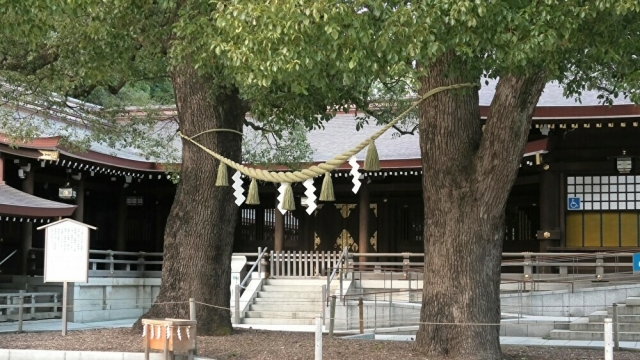
Meiji Jingu Museum
If you want to learn more about the history of Meiji Jingu Shrine, head to Meiji Jingu Museum which was opened in 2019. It was built in order to commemorate the 100th anniversary of the establishment of the shrine in 2020. The modern museum showcases a large collection which mainly consists of valuable articles and items used by Emperor Meiji and his wife. On the first floor, visitors can learn about the history of the shrine as well as the details of annual events through informative displays such as video exhibits.
The museum was designed by Kuma Kengo (隈研吾), a world-famous Japanese architecture known for the extraordinary works such as Tokyo’s New National Stadium, and also the world’s largest Starbucks Roastery in Nakameguro.
Opening times Meiji Jingu Museum
10am – 4.30pm
Admission fee ¥1,000
Kiyomasa’s Well
Kiyomasa’s Well refers to a small well located in the peaceful Meiji Jingu Inner Garden. It is recognized as a symbolic spiritual spot in Meiji Jingu Shrine and said to bring you good luck. The unique name, Kiyomasa, was named after Kato Kiyomasa (加藤清正), a famous Samurai warrior back in the 16th through 17th century. The private residence of Kato kiyomasa was located at the spot of the well..
Although the well itself might not seem worth a visit, the sacred atmosphere and beautiful Japanese-style garden are definitely worth a visit. Some people take pictures of it and set it as a wallpaper on their cell phone, wishing for good fortune.
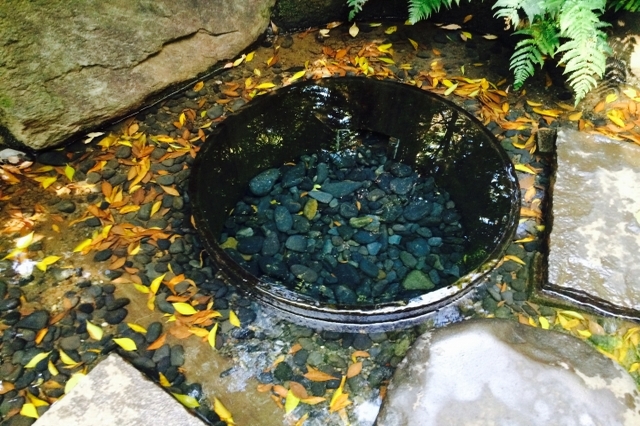
Yoyogi Park
Yoyogi Park (代々木公園) is another relaxing spot situated right next to Meiji Jingu Shrine. This 5th largest public park in Tokyo with ponds, fountains, lawns and trees, is a popular go-to place for outdoor activities and picnics. Take a refreshing stroll in nature, and in spring, you can see a large number of plum trees and sakura trees in full bloom. Yoyogi Park is a very popular spot for hanami (cherry blossom viewing) in Tokyo. You will find many people spending their free time, for example, running, doing yoga or making music in the park. Before becoming a city park in 1967, Yoyogi Park served as the site of the Olympic Village for the 1964 Tokyo Olympics, and before that, as a residential area for US military personnel. You can stroll through this park and continue your way to the world famous Shibuya crossing.
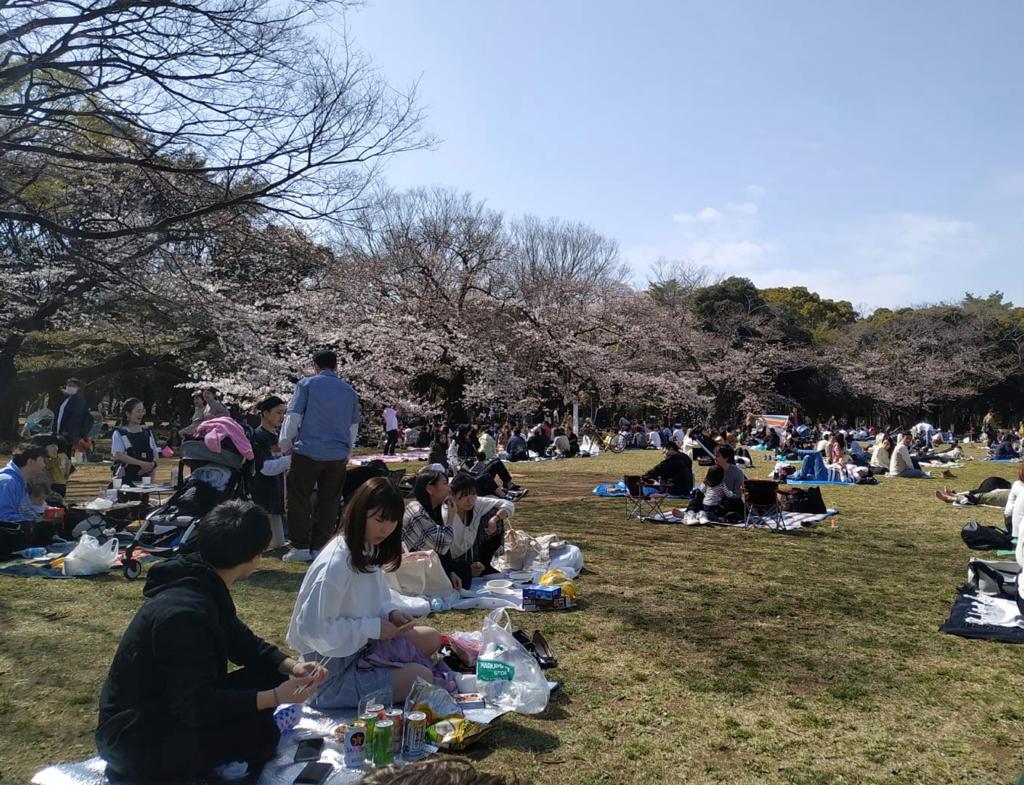
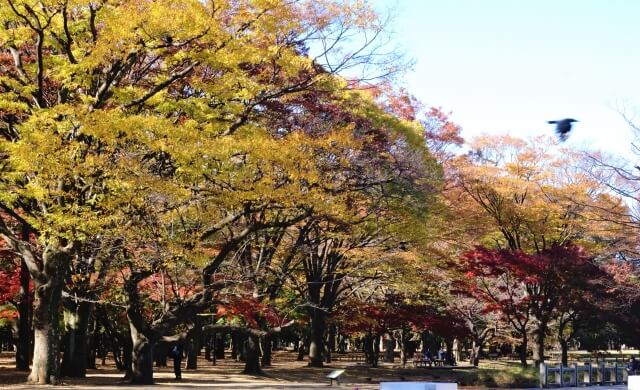
Takeshita Street Harajuku
A stone’s throw away from Meiji Jingu Shrine to the east, you will find another spot that you must include on your Tokyo itinerary; Harajuku. Harajuku, often described as a heart of Japanese youth culture, attracts many visitors from Japan and abroad looking for the kawaii culture and so-called Harajuku girls. However, Harajuku has many more reasons for being one of the best tourist spot in Tokyo; colorful sweets, unique fashion stores and purikura (photo booth) at Takeshita Street, small boutiques and cafes at Cat Street, luxury shopping at Omotesando and some historical sites at Meiji Shrine.
Souvenirs from Meiji Jingu Shrine
At Forest Terrace Meiji Jingu, you can get several kinds of traditional souvenirs. There are items which are only available at this store such as sake offered to a shrine and something that makes memorable gifts for visiting the shrine. The souvenir store is located next to the cafe Mori Terrace 2nd and NOODLE & RICE BOWL at Forest Terrace.
Opening hours: 9am – closing time (it depends on the month)
Events and Festivals at Meiji Jingu Shrine
Annual rituals and festivals are carried out at Meiji Jingu Shrine. Spring Festival on May 2nd and 3rd and Autumn Festival on November 1st to 3rd are the biggest festivals of all. At the Spring Festival, a special stage will be set at the site of the shrine, and traditional dance performances will be devoted to the deities, Meiji Emperor and Empress. At the Autumn Festival, you can see the traditional performance as well, and in addition to the performances, Yabusame, a Japanese traditional mounted archery will be performed. It’s a ritual started in the Heian period, and a person wearing samurai outfits running in a top speed and shooting the arrow through the target entertains the visitors every year.
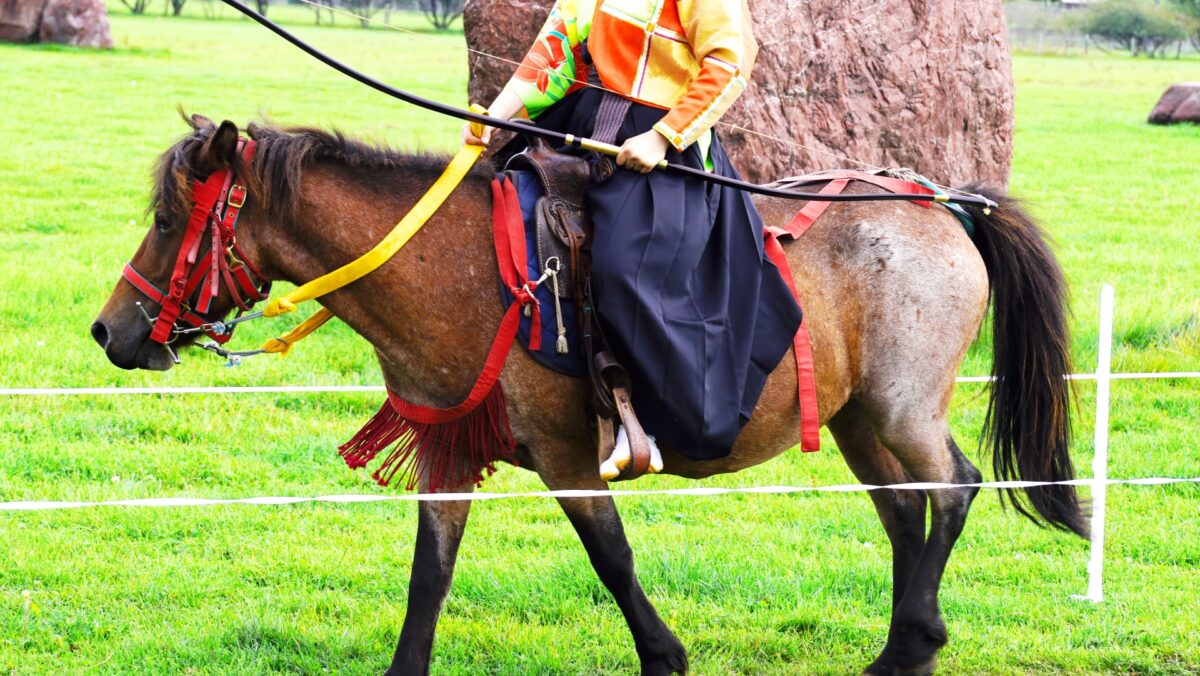
Try on kimono at Meiji Jingu
While wearing traditional kimono is not a requirement to visit Meiji Jingu or any other shrine, many people enjoy doing so regardless. Visiting shrines and temples can often leave you feeling connected with Japan’s culture and history, and wearing traditional attire can boost that experience. The easiest way to do so would be through a rental kimono that you can enjoy while at the shrine and not have to worry about carrying around your luggage or other bags. Check it out!
Meiji Jingu Shrine Tours
- Tokyo Private Tour by Japan Wonder Travel
Tokyo Private Tour includes exploring the famous fish market in Tsukiji, Asakusa, Meiji Shrine, and the Harajuku area with a professional guide. You will learn about Japanese culture and history behind the area, and discover the hidden gems that only locals know - Meiji Jingu Shrine Self-Guided Autio Tour
Enjoy walking around the shrine site with an audio guide on your phone. After you purchase the tour, you can listen to the 1-hour audio guide anytime on your phone!
Make the Visit More Memorable and Wear a Kimono!
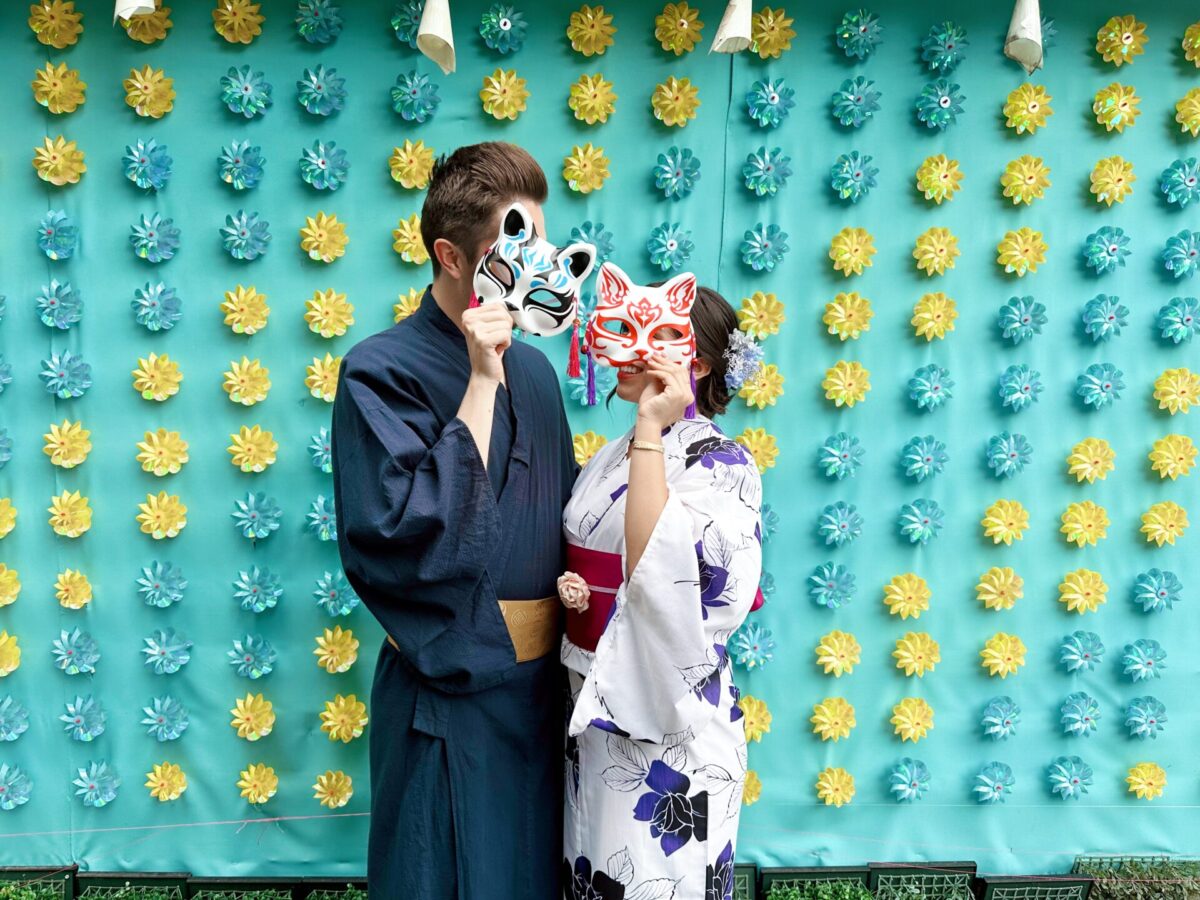
If cultural immersion is what you’re seeking, then look no further than Wargo! this brand is the name to know when it comes to renting a kimono to immerse yourself in Japanese cultural and tradition. You’ll have no trouble making lasting memories in these beautiful kimono with this immaculate shrine as your background.
An iconic area with tons of cultural experiences on its own, you’ll have a great time even just going to pick up your rental!
Another famous area known for its high fashion is a great place to check out if you’re into looking good.
When in Tokyo, many people make their way quickly to the famous Meiji Jingu Shrine, one of Japan’s most important Shinto shrines. Without a doubt, visiting Meiji Jingu Shrine is the best way to feel the sacred atmosphere of Japanese historical shrines while in Tokyo. Walk along the main approach through the peaceful forest, explore the beautiful Inner Garden, and appreciate the valuable exhibitions at the exquisite museum. Each spot we introduced above will allow you to understand the long history of the world-famous shrine from different perspectives. Even if you are not interested in expanding your knowledge about Japanese history, it is still worth a visit and spend some time relaxing before immersing yourself in the hustle and bustle of the busy city of Tokyo!
Follow us on Instagram, Facebook, Twitter, and TikTok for more travel inspiration. Or tag us to get featured!
Happy traveling!
Subscribe to our newsletter!
Other articles you may find interesting
This post may contain some affiliate links. When you click through and make a purchase we may receive some commission, at no extra costs to you.
